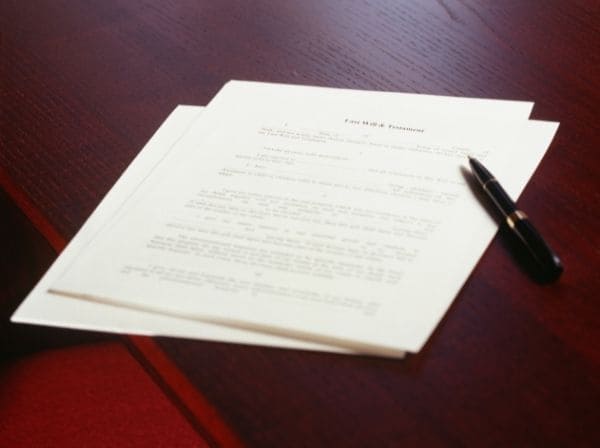
WHAT IS THE RIGHT OF SUPERFICIES?
The owner of a piece of land may grant a right of superficies in favor of another person, giving them the authority to build on that land. This right must be executed in writing, either through a paid or free contract, or even by will. As a result, the construction becomes the property of the superficiary, while the land remains under the ownership of the original owner.
Furthermore, since this is a real estate right, the right of superficies must be registered in the Public Registry of Real Rights to have legal effects against third parties.
For example, if a family in Cochabamba grants a right of superficies to a businessman for the construction of an apartment building on their lot, the businessman will become the owner of the constructed property, but not of the land.
LEGAL DURATION OF THE RIGHT OF SUPERFICIES
The right of superficies is necessarily temporary. Its duration cannot exceed thirty years, unless it is renewed through a new agreement. If it is accessory to a lease contract, it will have the same duration as that contract.
When the contract does not specify a timeframe to begin construction, the law grants the superficiary a maximum of five years from the signing of the agreement. If the construction is not started or completed within that period, the right is extinguished, and the owner regains full ownership of the land.
SCOPE OF THE RIGHT OF SUPERFICIES
This right applies to complete constructions that constitute an independent whole. It does not apply to partial or fragmented buildings. In addition, it extends to the subsoil that supports the construction and, unless otherwise agreed, also to the areas of the land that provide an advantage for the use of the building.
An important aspect is the right of first refusal: if either the landowner or the superficiary decides to sell, the other party has priority over third parties, provided that the offer conditions are matched.
POWERS OF THE SUPERFICIARY UNDER THE LAW
The scope of the right may be expanded or restricted by special contract. If it is to be reduced, the consent of all persons holding rights over it is required.
In case of demolition or ruin of the construction, the superficiary retains the right to rebuild, thereby ensuring the continuity of their right.
CAUSES FOR TERMINATION OF THE RIGHT OF SUPERFICIES
The right is terminated by the general causes of termination of property and, in particular:
- Upon expiration of the term.
- If the superficiary fails to begin or complete construction within the established timeframes.
When the right is terminated due to expiration, the construction passes to the landowner, who must pay the value of the building, unless otherwise agreed. If the construction was encumbered (mortgages, anticresis), these rights are transferred to the compensation amount.
HOW UNDERGROUND OWNERSHIP WORKS
The regulation also allows the owner of a plot of land to transfer the ownership of the subsoil to another person for construction purposes. In such cases, the rules governing the right of superficies apply in all matters not contrary to the nature of this transfer.
LEGAL NATURE AND APPLICABLE FRAMEWORK
The right of superficies is a real estate right with effects enforceable against third parties. It differs from a lease because it not only grants use of the land but also ownership of what is built. Furthermore, it is governed by real estate ownership rules insofar as they are compatible with its nature.
In summary, this mechanism promotes real estate development without requiring the superficiary to purchase the land, balancing the interests of both the landowner and the builder.
Our law firm offers specialized services in rights of superficies and real estate ownership contracts. If you are dealing with a similar situation, contact us for expert legal assistance.
Frequently Asked Questions (FAQs)
What is the right of superficies?
It is the right granted to a third party to build on another person’s land, acquiring ownership of the construction but not of the land.
What happens if I do not build within five years?
If there is no specific deadline in the contract, the right is extinguished, and the landowner regains the land.
Is the right of superficies the same as renting land?
No. A lease grants temporary use, while the right of superficies transfers ownership of the constructed property.
Can I inherit a construction built under this right?
Yes, the construction is part of the superficiary’s estate and can be inherited.
What happens when the term of the right ends?
The landowner becomes the owner of the building and must pay its value, unless a different agreement exists between the parties.
The content of this article does not reflect the technical opinion of Rigoberto Paredes & Associates and should not be considered a substitute for legal advice. The information presented herein corresponds to the date of publication and may be outdated at the time of reading. Rigoberto Paredes & Associates assumes no responsibility for keeping the information in this article up to date, as legal regulations may change over time.


